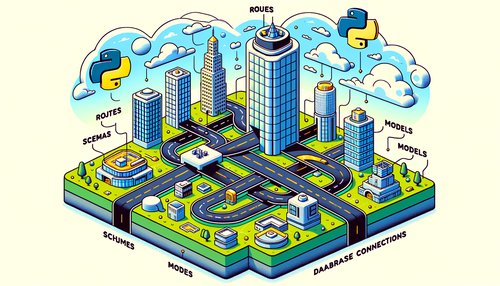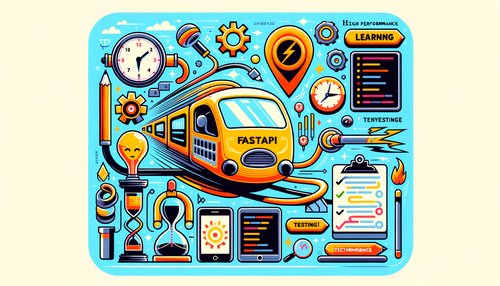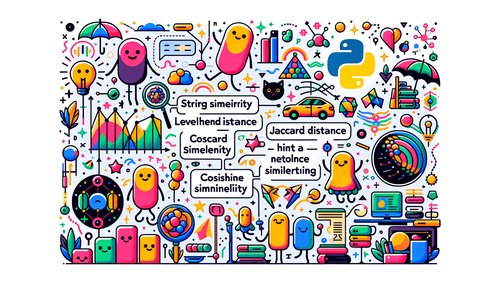How to Jumpstart Your Next Project with the Power of Django Framework
Are you looking for a powerful web framework to help you build your next project? If so, Django is the perfect choice. Django is a high-level Python web framework that allows developers to quickly and easily create sophisticated web applications. It is a full-stack framework that provides developers with the tools they need to create robust and feature-rich applications. Django is an open source framework that makes it easy to get started. It has a built-in development server, and includes a variety of libraries, packages, and tools that make development faster and easier. In addition, Django comes with a built-in ORM (object-relational mapper) that allows developers to easily interact with databases. Using Django, developers can quickly create web applications with minimal effort. It is designed to be easy to use, and it is highly customizable. Developers can use the framework to create applications that are tailored to their specific needs. One of the best features of Django is its built-in template system. This feature allows developers to quickly create web pages with minimal effort. The template system makes it easy to create dynamic web pages that can be customized to fit the needs of the application. In addition, Django includes a powerful URL routing system. This feature allows developers to easily create URLs for their applications. This makes it easier to create user-friendly URLs that make navigation easier for users. Finally, Django includes a powerful authentication system. This feature allows developers to easily create secure authentication systems for their applications. This makes it easier to protect user data, and it also helps to ensure that users are only able to access resources that they are authorized to access.Getting Started
Getting started with Django is easy. The first step is to install the framework. This can be done using the command line, or you can install the framework using a package manager such as pip. Once the framework is installed, you can begin creating your application. Django includes a number of tools and libraries that make it easy to create web applications quickly and easily.Creating a Project
The next step is to create a project. This can be done using the command line, or you can use the Django admin interface. This interface allows you to quickly create a project and start developing your application.Creating an App
Once you have created a project, the next step is to create an app. This can be done using the command line or the Django admin interface. Once you have created an app, you can start adding code to it.Adding Code
Adding code to an app is simple. You can use HTML, CSS, and JavaScript to create the front-end of the application. The backend of the application can be written in Python.Deploying the App
Once you have created your application, you can deploy it. This can be done using a variety of methods, such as using a cloud service provider or deploying it locally.Conclusion
Django is a powerful web framework that makes it easy to create robust and feature-rich applications. It is easy to use, and it is highly customizable. It has a built-in template system and a powerful URL routing system. In addition, it includes a powerful authentication system. If you’re looking for a powerful web framework to help you jumpstart your next project, Django is the perfect choice. With its easy-to-use tools and libraries, it is easy to get started and develop your application quickly and easily.Recent Posts

1 year, 1 month ago
Unlocking the Power of Terraform: Mastering Conditional Expressions for Smarter Infrastructure Automation

1 year, 1 month ago
Unveiling the Future: Navigating the Public Interface of Apache Airflow for Streamlined Workflow Management
Apache Airflow
1 year, 1 month ago
Mastering Workflow Automation: Unconventional Apache Airflow How-To Guides for the Modern Data Enthusiast
Apache Airflow
1 year, 1 month ago
Mastering the Cloud: Unveiling AWS CloudFormation Best Practices for Seamless Infrastructure Management

1 year, 1 month ago
Show All


